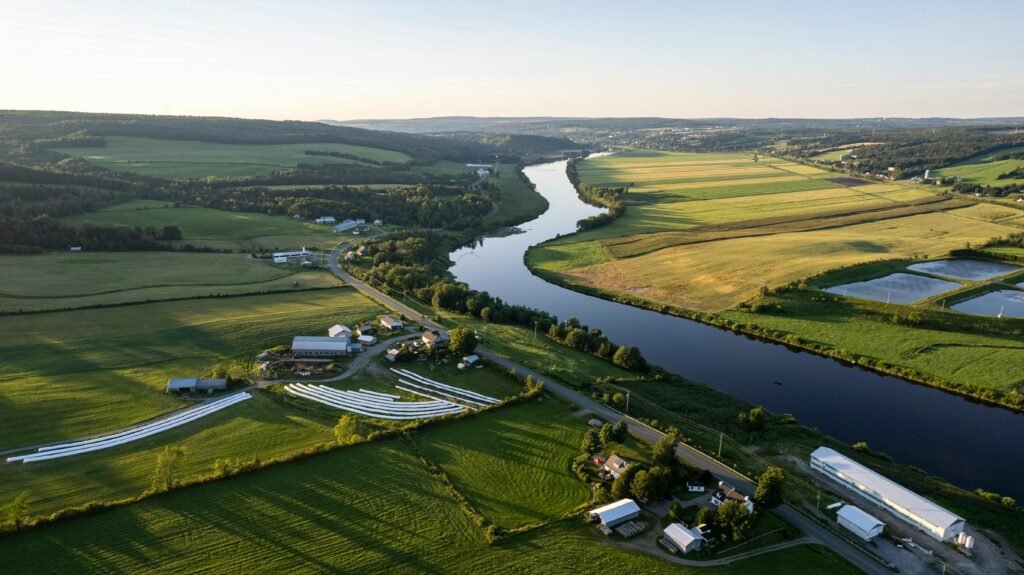
The Normalized Difference Vegetation Index (NDVI) is a widely used indicator for assessing vegetation health using satellite imagery. This professional guide explores the concept, calculation, and interpretation of NDVI, as well as practical tools available for analysis.
What is NDVI?
NDVI stands for Normalized Difference Vegetation Index. It quantifies vegetation density and health based on the way surfaces reflect light, particularly in the red and near-infrared (NIR) portions of the electromagnetic spectrum.
Healthy vegetation reflects more NIR light and absorbs more visible red light. NDVI uses this contrast to generate an index value that ranges from -1 to +1.
The NDVI Formula
NDVI is calculated using the following formula:
NDVI = (NIR – Red) / (NIR + Red)
NIR (Near Infrared): Light strongly reflected by healthy vegetation
Red: Light absorbed for photosynthesis
The resulting value gives an indication of vegetation condition. High NDVI values represent healthy, dense vegetation, while low or negative values indicate barren land, urban areas, or water bodies.
Why Use NIR and Red Light?
The choice of NIR and red light in NDVI calculations is based on the biological properties of vegetation. Chlorophyll absorbs red light for photosynthesis, whereas the internal leaf structure reflects NIR light. Non-vegetative surfaces like soil or built environments tend to reflect both wavelengths equally, resulting in lower NDVI values.
This contrast allows NDVI to effectively differentiate between vegetated and non-vegetated areas.
Visualizing NDVI in Satellite Images
NDVI imagery is often displayed using false color to represent vegetation density. Common color schemes include:
-Red or orange: Areas with low or no vegetation
-Green: Areas with high vegetation density
Such visualizations help researchers, farmers, and policymakers monitor vegetation dynamics over time and across large areas.
Tools for NDVI Analysis
Several open-source tools and platforms allow users to perform NDVI analysis using satellite data:
-QGIS – Desktop GIS software with NDVI processing capabilities
-Google Earth Engine – Cloud-based platform for planetary-scale geospatial analysis
-SNAP (ESA) – Tool developed by the European Space Agency for analyzing Sentinel satellite data
These tools are accessible, powerful, and support a wide range of environmental and agricultural applications.
